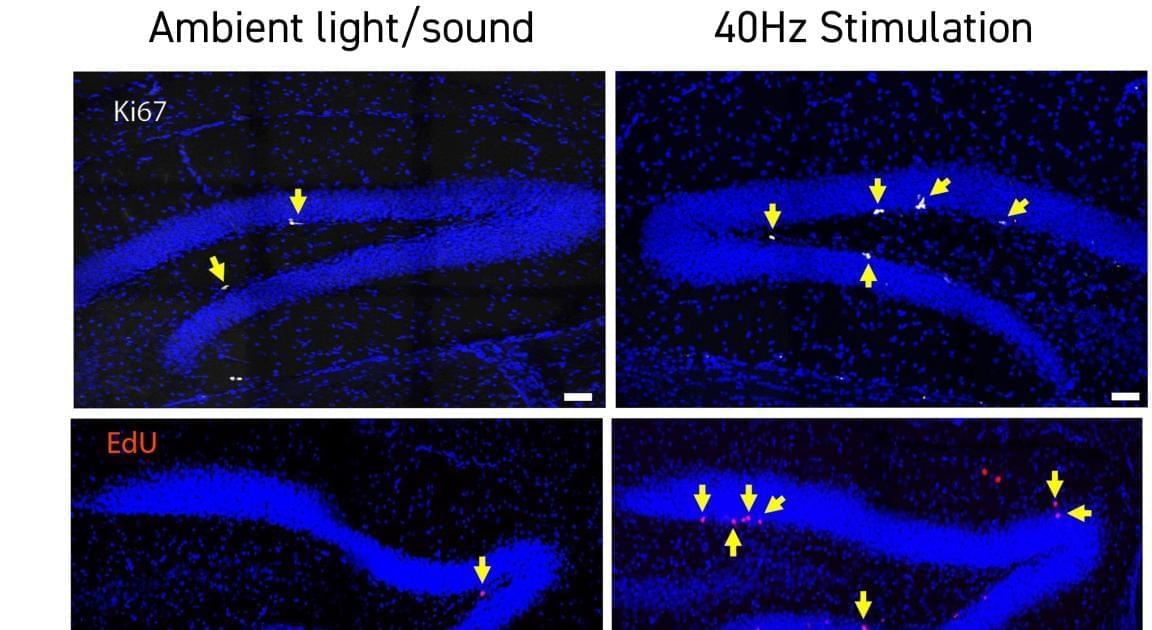A new study explores why some individuals are more inclined to help others, finding key differences in brain activity and oxytocin signaling.
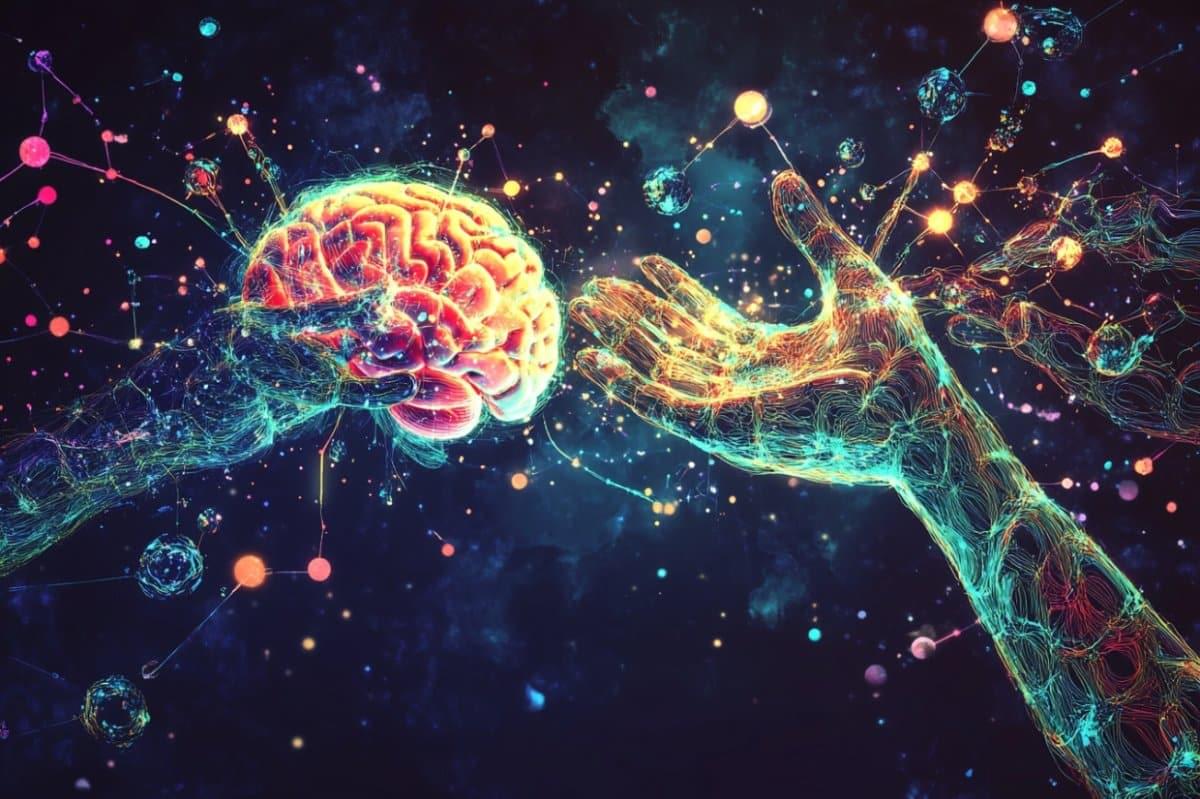


Just one look at the next-generation lightweight, soft exoskeleton for children with cerebral palsy reveals the powerful role technology can play in solving global challenges and improving lives.
Built to help children walk, MyoStep addresses motor impairments that severely restrict children’s participation in physical activities, self-care and academic pursuits, leading to developmental delays, social isolation and reduced self-esteem. It is lightweight, discreet, made of smart materials and wearable technology, and tailored to fit seamlessly into the lives of children and their families.
The MyoStep soft exoskeleton is introduced in IEEE Electron Devices Magazine by a team from the NSF UH Building Reliable Advances and Innovation in Neurotechnology (BRAIN) Center, an Industry–University Cooperative Research Center (IUCRC) and TIRR Memorial Hermann.
🚀 THE FUTURE OF SCI-FI: UPLIFTING OR JUST UPLOADING? 🚀
Welcome back, gang! Egotastic FunTime is blasting into another galactic rant—this time asking the big question:
Has sci-fi lost its soul? 🌌
From Star Trek’s hopeful utopias to today’s server-farmed dystopias, we’re cracking open the hard drive of the future and asking if we’re still dreaming… or just buffering forever. 🤖✨
Why is modern sci-fi obsessed with uploading instead of uplifting?
Is humanity evolving or just ghosting itself with tech?
Where did the wonder go—and can we get it back?
Grab your neural nodes and sarcastic side-eyes, because we’re deep-diving into the state of sci-fi, tech anxiety, and how imagination might just save us yet.
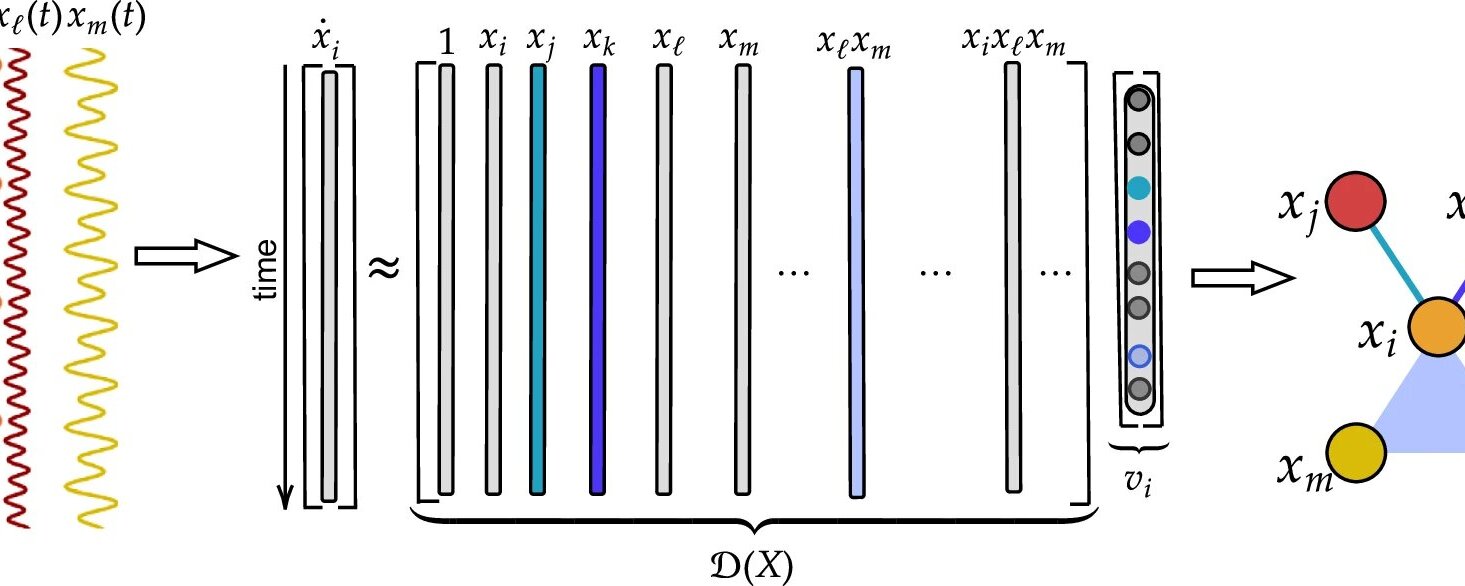
In a network, pairs of individual elements, or nodes, connect to each other; those connections can represent a sprawling system with myriad individual links. A hypergraph goes deeper: It gives researchers a way to model complex, dynamical systems where interactions among three or more individuals—or even among groups of individuals—may play an important part.
Instead of edges that connect pairs of nodes, it is based on hyperedges that connect groups of nodes. Hypergraphs can represent higher-order interactions that represent collective behaviors like swarming in fish, birds, or bees, or processes in the brain.
Scientists usually use a hypergraph model to predict dynamic behaviors. But the opposite problem is interesting, too. What if researchers can observe the dynamics but don’t have access to a reliable model? Yuanzhao Zhang, an SFI Complexity Postdoctoral Fellow, has an answer.
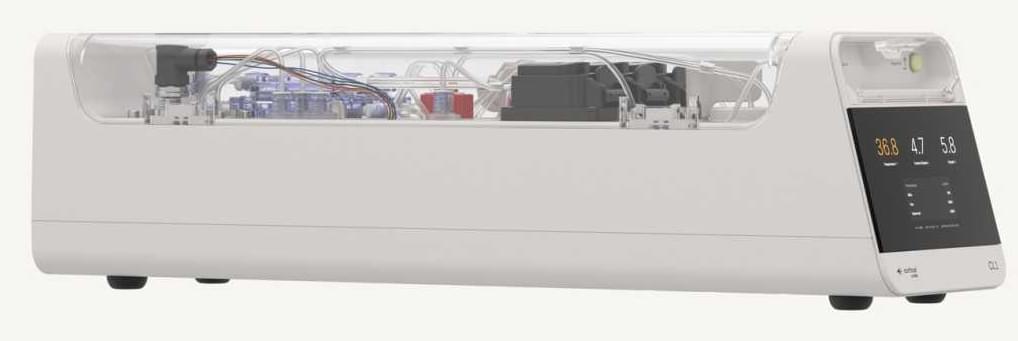
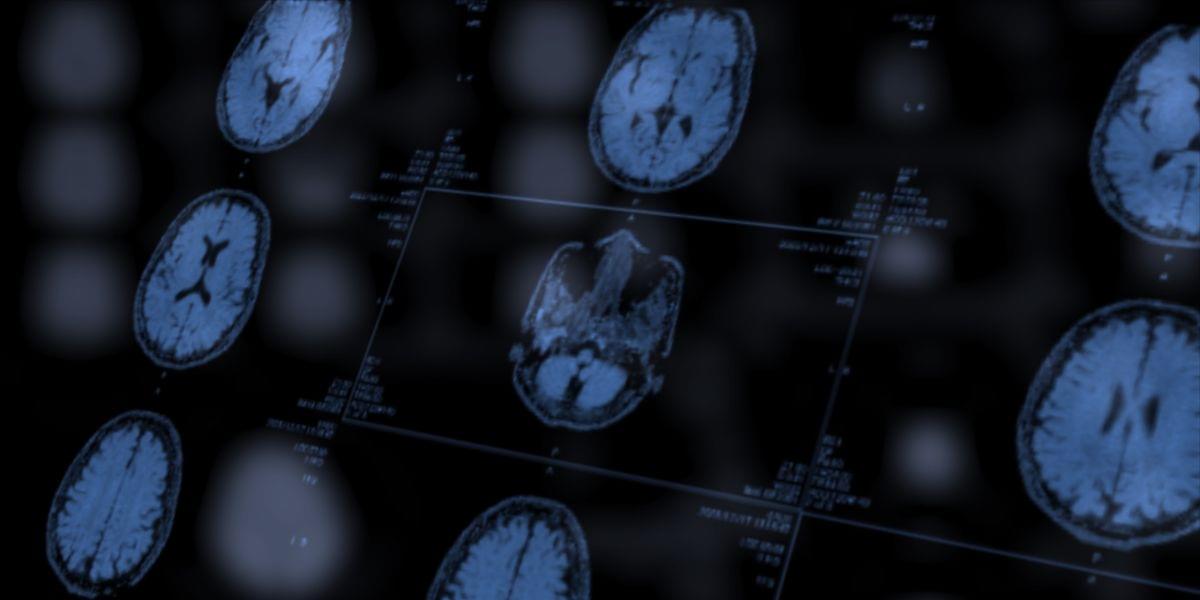
Scientists have mapped an unprecedentedly large portion of the brain of a mouse. The cubic millimeter worth of brain tissue represents the largest piece of a brain we’ve ever understood to this degree, and the researchers behind this project say that the mouse brain is similar enough to the human brain that they can even extrapolate things about us. A cubic millimeter sounds tiny—to us, it is tiny—but a map of 200,000 brain cells represents just over a quarter of a percent of the mouse brain. In brain science terms, that’s extraordinarily high. A proportionate sample of the human brain would be 240 million cells.
Within the sciences, coding and computer science can sometimes overshadow the physical and life sciences. Rhetoric about artificial intelligence has raced ahead with terms like “human intelligence,” but the human brain is not well enough understood to truly give credence to that idea. Scientists have worked for decades to analyze the brain, and they’re making great progress despite the outsized rhetoric working against them.
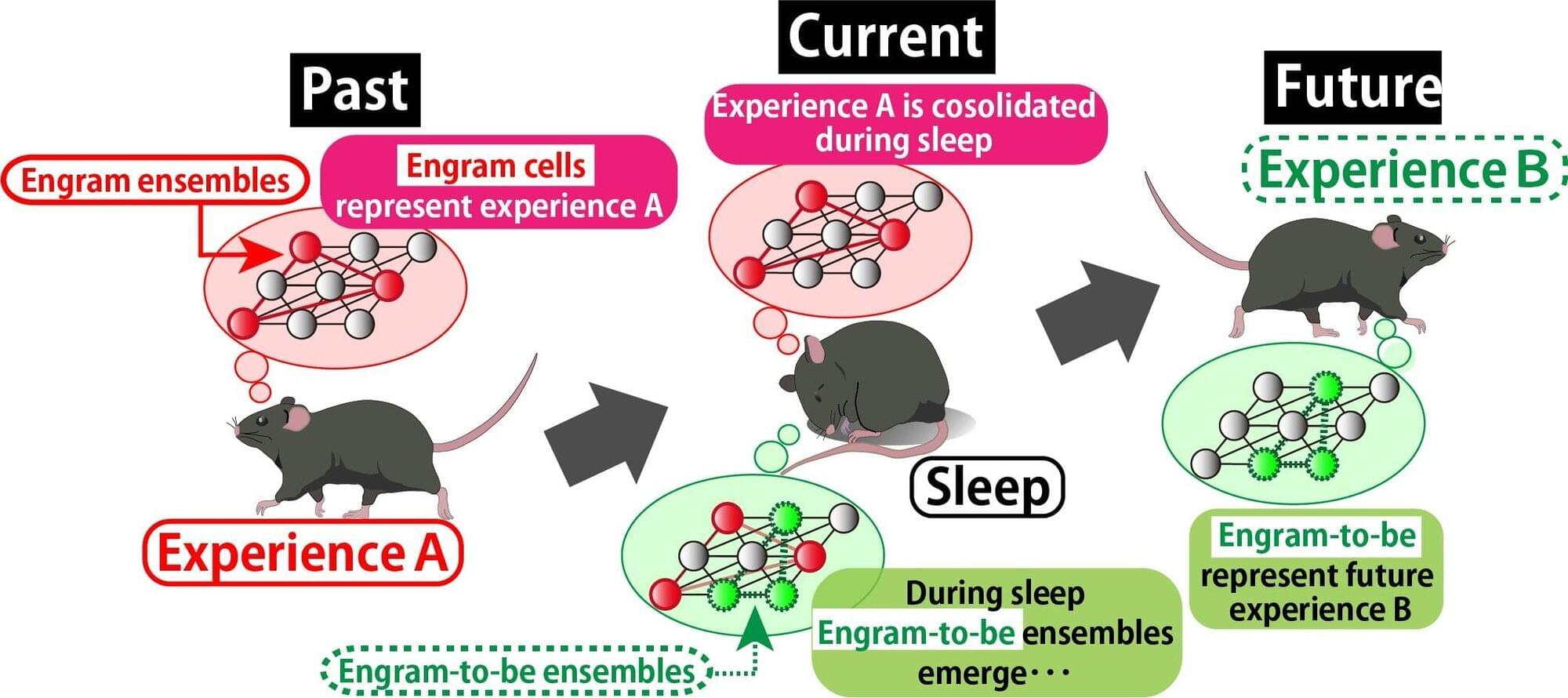
Memory formation, storage, and retrieval are fundamental processes that define who we are and how we interact with the world. At the cellular level, these processes rely on specialized neurons called engram cells—neuronal populations that physically encode our experiences and allow us to recall them later. Over the past few decades, scientists have made significant progress in identifying these neuronal ensembles and understanding some aspects of memory allocation.
Although sleep is widely known to be essential for memory processing and consolidation, many of its underlying mechanisms and functions are unclear. Traditional views have largely focused on sleep as a backward-looking process that serves to strengthen past experiences, but could it simultaneously help prepare the brain for new learning?
In a recent effort to tackle this question, a research team from Japan, led by Distinguished Professor Kaoru Inokuchi from the University of Toyama, uncovered a dual role for sleep in memory processing. Their paper, which will be published in Nature Communications on April 28, 2025, explores how the brain simultaneously preserves past memories while preparing for future ones during sleep periods.
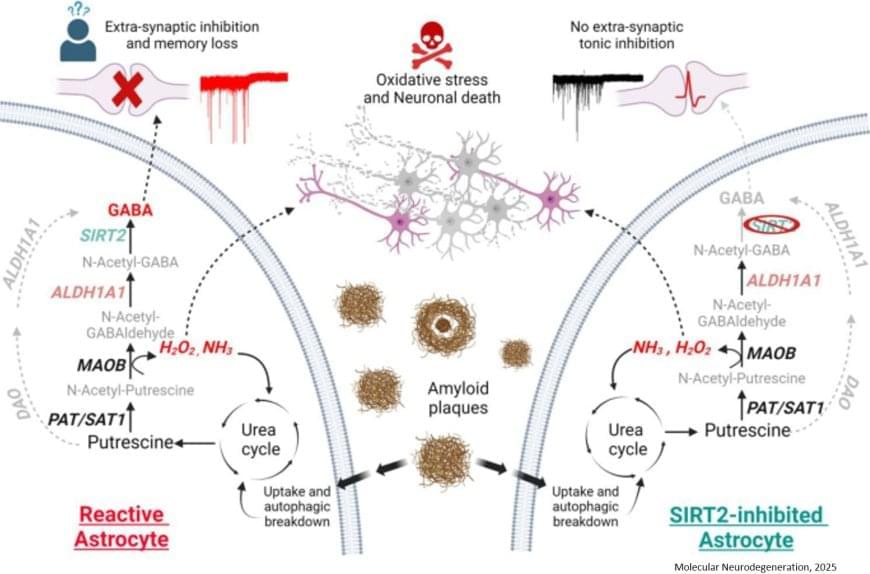
A research team has identified a previously unknown enzyme, SIRT2, that plays a key role in memory loss associated with Alzheimer’s disease (AD). The study provides critical insights into how astrocytes contribute to cognitive decline by producing excessive amounts of the inhibitory neurotransmitter GABA.
Astrocytes, once thought to only support neurons, are now known to actively influence brain function. In Alzheimer’s disease, astrocytes become reactive, meaning they change their behavior in response to the presence of amyloid-beta (Aβ) plaques, a hallmark of the disease. While astrocytes attempt to clear these plaques, this process triggers a harmful chain reaction. First, they uptake them via autophagy and degrade them by the urea cycle, as discovered in previous research. However, this breakdown results in the overproduction of GABA, which dampens brain activity and leads to memory impairment. Additionally, this pathway generates hydrogen peroxide (H2O2), a toxic byproduct that causes further neuronal death and neurodegeneration.
The research team set out to uncover which enzymes were responsible for excessive GABA production, hoping to find a way to selectively block its harmful effects without interfering with other brain functions. Using molecular analysis, microscopic imaging, and electrophysiology, the researchers identified SIRT2 and ALDH1A1 as critical enzymes involved in GABA overproduction in Alzheimer’s-affected astrocytes.

Author summary Humans exhibit a remarkable ability to regulate their actions in response to changing environmental demands. An essential aspect of action regulation is action inhibition that occurs when stopping unwanted or inappropriate actions. However, everyday life rarely calls for complete inhibition of responses without switching behavior to adapt to new situations. Despite extensive research to understand how the brain switches actions, the computations underlying the switching process and how it relates to the selecting and stopping processes remain elusive. Part of this challenge lies in the fact that these processes are rarely studied together, making it difficult to develop a unified theory that explains the computational aspects of the action regulation mechanism. The current study aims to delineate the computations underlying action regulation functions that involve inhibitory control, explore how these functions interrelate, and how they can be implemented within brain networks, opening new avenues for future neurophysiological investigations.
